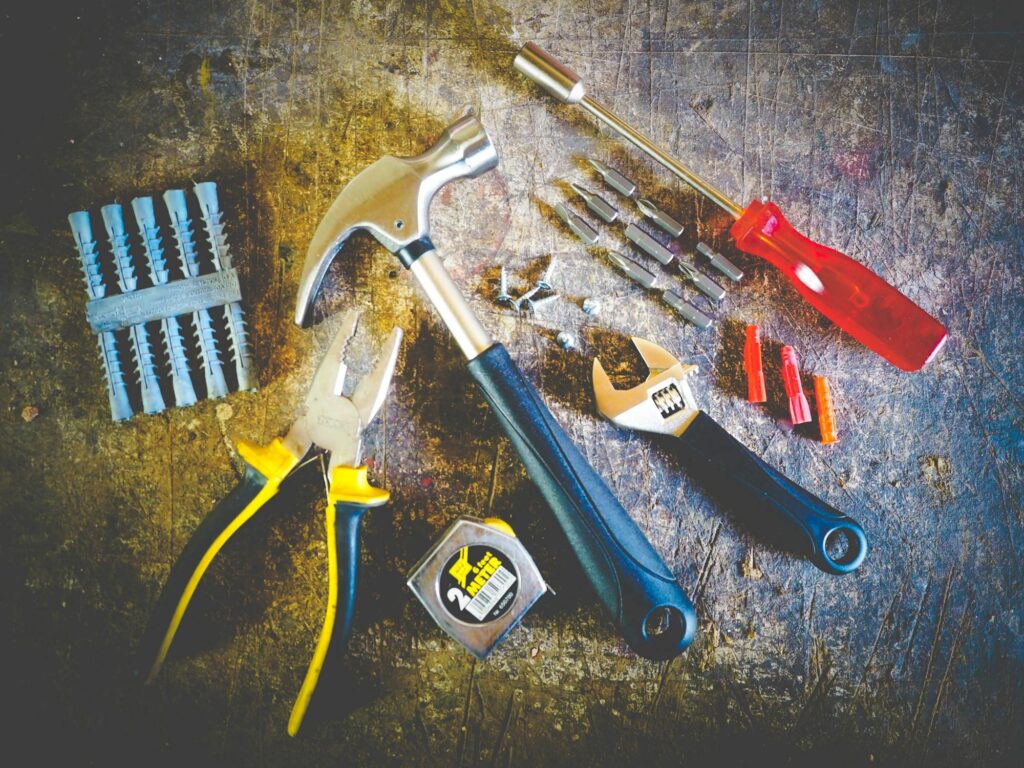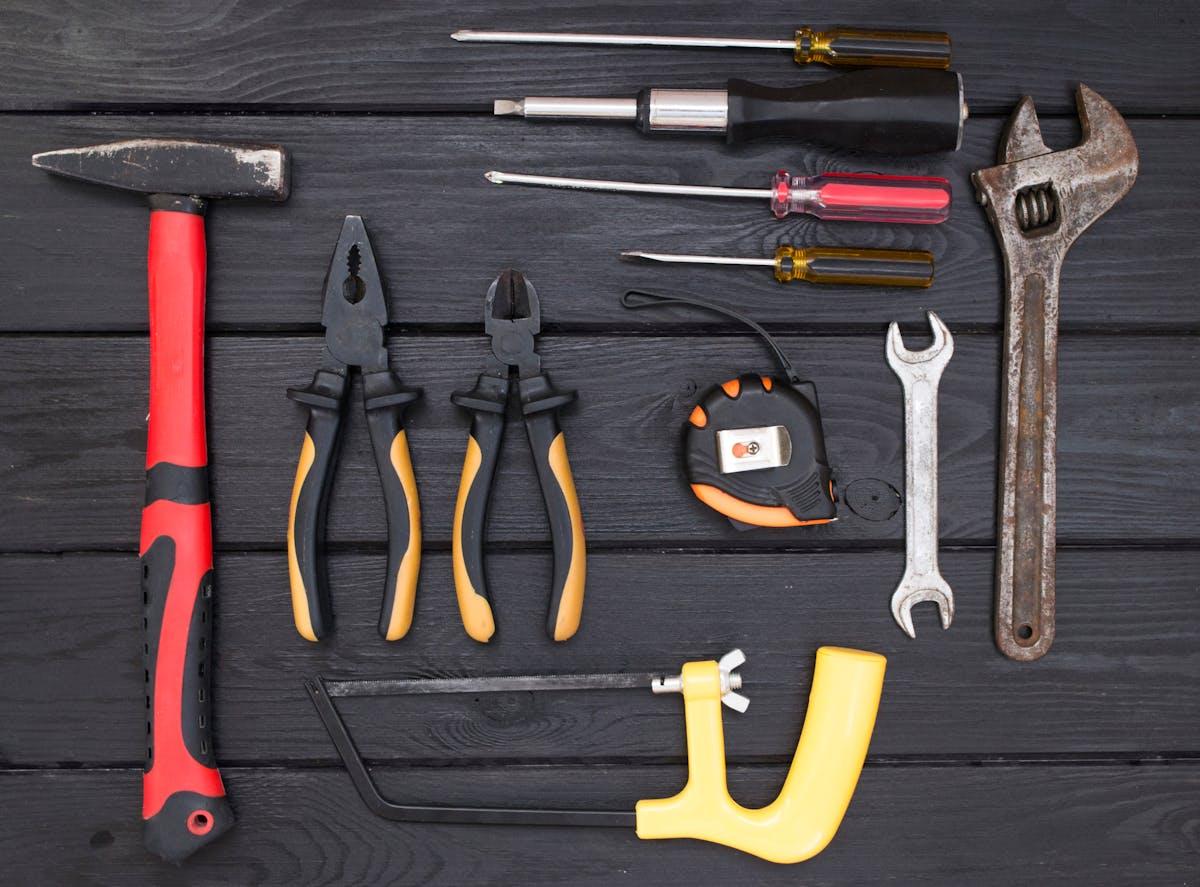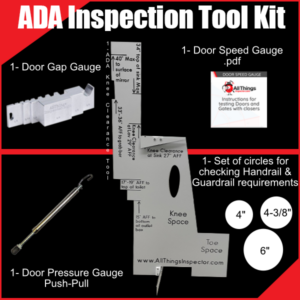
When designing a new space, whether it’s a business, an organization or a home, it’s not enough to create spaces that are only aesthetically pleasing. It also has to be accessible to all individuals. Integrating ADA inspection tool kits into the design process is a crucial step in achieving this goal. These tool kits serve as crucial resources for assessing compliance with the Americans with Disabilities Act (ADA) standards and identifying barriers to accessibility.
In this article, we’ll explore how integrating ADA Inspection Tool Kits into the design process allows for ADA clearance and leads to more inclusive and user-friendly environments.

By integrating ADA Inspection Tool Kits into the initial design phase, architects and designers can discover potential accessibility barriers in time. Whether it’s evaluating ramp slopes, door clearances, or restroom facilities, these tool kits provide the necessary assessment tools to ensure compliance with ADA standards from the onset.
Early identification allows for immediate design solutions that easily integrate accessibility features into the overall design, rather than addressing accessibility issues later in the project.
Incorporating ADA Inspection Tool Kits into the design review process streamlines the assessment of accessibility compliance. Design teams can use the tool kits to conduct thorough evaluations of their designs, pinpointing areas that may pose challenges for individuals with disabilities. By using standard assessment tools and documentation templates, designers can effectively communicate accessibility considerations to clients, stakeholders, and regulatory authorities.
This approach increases transparency and accountability in the design process, ensuring that accessibility is prioritized from conception to completion.
Integrating ADA Inspection Tool Kits encourages collaboration and communication among the different design teams. Architects, engineers, accessibility consultants, and other stakeholders can work together to assess design proposals and identify opportunities for improvement.
By creating a shared understanding of accessibility requirements and design objectives, these toolkits facilitate decision-making and cooperation. Design teams can leverage the expertise of accessibility specialists to explore a wide range of innovative design solutions that promote inclusivity without compromising aesthetics or functionality.
ADA Inspection Tool Kits promote the principles of universal design by encouraging designers to consider the different needs of all users throughout the design process. By incorporating features such as wider doorways, tactile signage, and accessible routes into their designs, architects and designers create spaces that are welcoming and inclusive for everyone, regardless of age or ability. Integrating universal design principles not only enhances accessibility but also improves the overall user experience, resulting in environments that are more inclusive and user-friendly.
Integrating ADA Inspection Tool Kits into the design process ensures long-term compliance and maintenance of accessibility features. Conducting thorough assessments and documenting accessibility considerations during the design phase allows designers to provide the best guidance for continued maintenance and updates.
Design teams can come up with accessibility plans that detail responsibilities for monitoring, maintenance, and periodic inspections to ensure that accessibility features remain functional and compliant over time.

Integrating ADA Inspection Tool Kits into the design process is essential for creating inclusive and accessible environments. By embracing accessibility as an integral part of the design process, architects and designers can create spaces that allow for inclusivity, equality, and dignity for all individuals.



As a business owner, you have a responsibility to ensure that your business complies with the Americans with Disabilities Act(ADA). Not only is it a

When making renovations, there are many things you need to consider, from the structure to the aesthetics of the building. However, one major aspect that